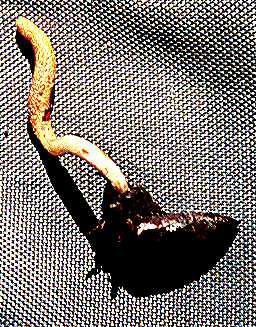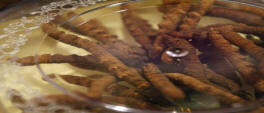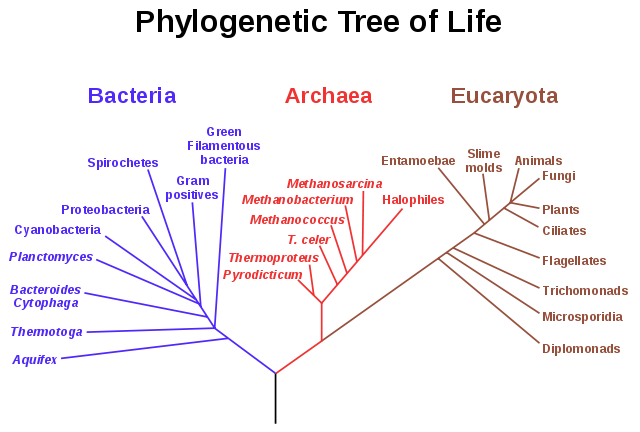Where Do They Fit
In?!
Domain: Eukarya All members of the Eukarya, including Caterpillar Fungus, are multicellular organisms and have complex cells that contain membrane bound organelles as well as a true nucleus.
Kingdom: Fungi All members of the Fungi Kingdom, which includes Caterpillar Fungus, are non-vascular, multicellular organisms that have cell walls composed of chitin. Another example of a fungi may be your popular pizza mushroom, Psilocybe cubensis.
Phylum: Ascomycota Caterpillar Fungus fits in the Ascomycota Phlylum, which are commonly referred to as sac fungi, because they produce sexual spores, ascospores, in an ascus. A popular example of an Ascomycota is the Penicillium chrysogenum, which produce the popular
Class: Eukarya The Sordariomycetes are one of the largest classes of the Ascomycota. This class is characterized by perithecial (flask-shaped) ascomata and unitunicate asci.
Order: Hypocreales The Hypocreales are classified as having bright colored, spore producing structures. It is usually difficult to pick out a hypocreale because they are typically identified at a molecular level.
Family: Clavicipitaceae Caterpillar Fungus have been carefully placed into the Clavicipitaceae Family because many of these members produce alkaloids (nitrogen based chemical compounds) which can be toxic to humans and animals.
Genus: Cordyceps
The Cordyceps Genus, as well as Caterpillar Fungus, is well known for
infecting a host from the inside out, mainly insects o r arthropods and even
on other fungi. This fungi uses its mycelium to invade and replace tissue
from its host. Caterpillar Fungus clearly gets its name from having a
particular host but invading in the same fashion. This image to the right is another Cordyceps species that holds a parasitic relationship with
underground insects. Cordyceps Militaris is similar to
Cordyceps sinesis with this characteristic.
r arthropods and even
on other fungi. This fungi uses its mycelium to invade and replace tissue
from its host. Caterpillar Fungus clearly gets its name from having a
particular host but invading in the same fashion. This image to the right is another Cordyceps species that holds a parasitic relationship with
underground insects. Cordyceps Militaris is similar to
Cordyceps sinesis with this characteristic.
Species: Cordyceps sinesis This species has a parasitic relationship with the larvae of the Genus Thitarodes which are found on the Tibetan Plateau. Take a look at this link to find where this parasitic relationship would mostly occur!
Continue to the learn about the
habitat&&adaptations
of this species!
![]()

